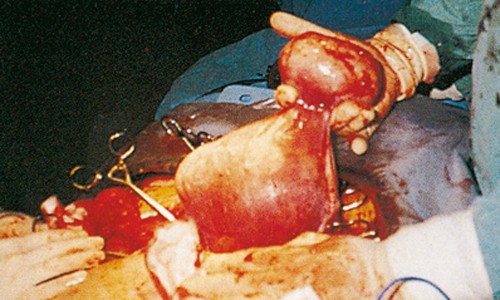Peer Reviewed
Feature Article Obstetrics and gynaecology
Uterine fibroids: an update for GPs
Abstract
Uterine fibroids are very common in our community and GPs will be required to assess and manage women with this condition. This update describes recent scientific and clinical advances in this area, together with pointers to possible future therapies.
Key Points
- Risk factors for the development of uterine fibroids include an early menarche, obesity, nulliparity and being of African origin.
- The incidence and severity of a woman’s symptoms depend on the size, number and anatomical location of the fibroids in the uterus.
- Diagnosis of uterine fibroids is by clinical examination, pelvic ultrasound examination (including vaginal ultrasound with or without saline infusion sonography), MRI and CT scan.
- Beware the postmenopausal fibroid – it may be an ovarian tumour.
- Management options for symptomatic fibroids include hysteroscopic submucous fibroid resection, laparoscopic and open myomectomy, laparoscopic or open hysterectomy and in some cases uterine artery embolisation.
- The use of GnRH agonists to shrink the size of fibroids before surgery has made both open and endoscopic treatment easier and safer.
Purchase the PDF version of this article
Already a subscriber? Login here.

